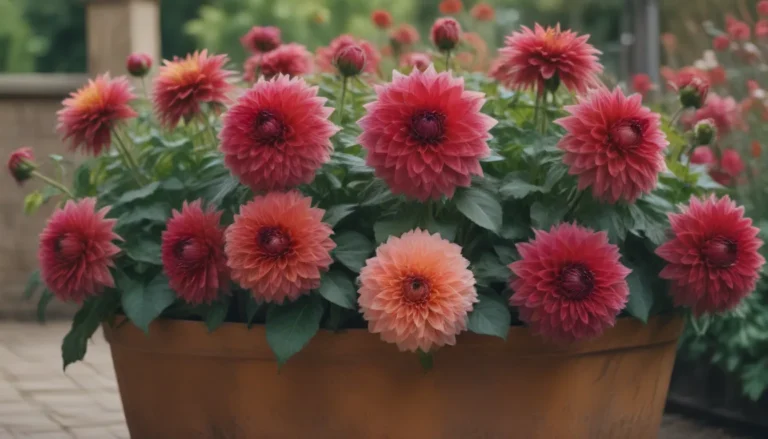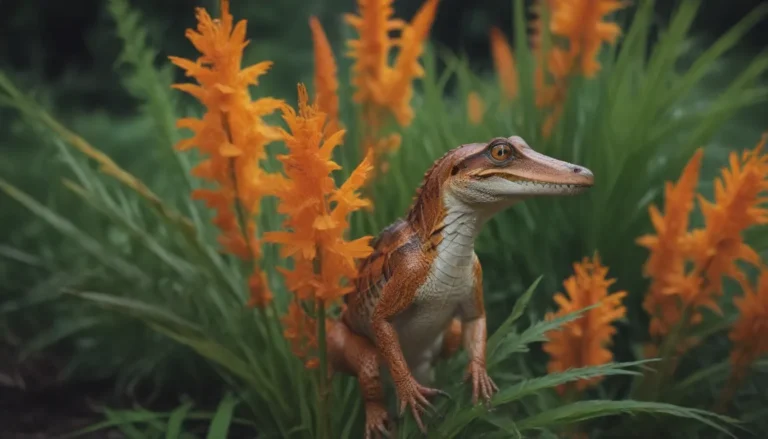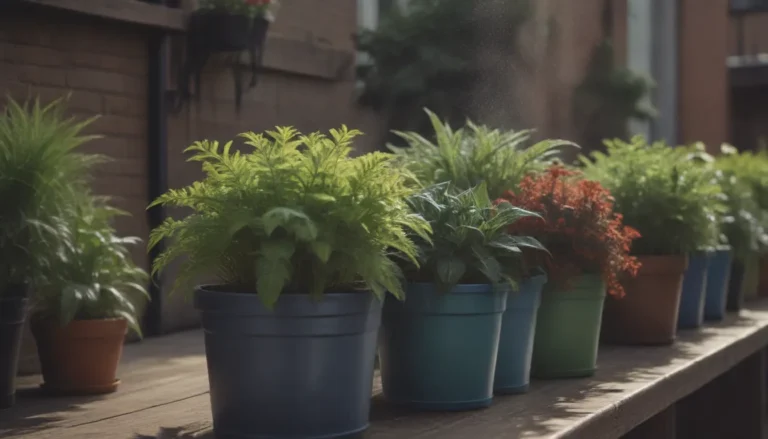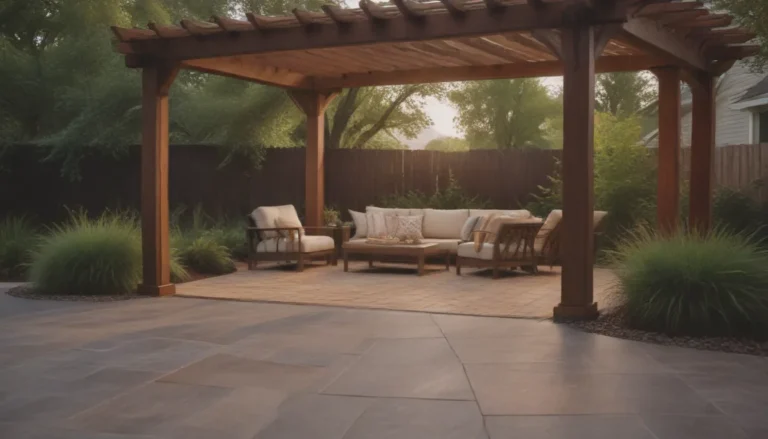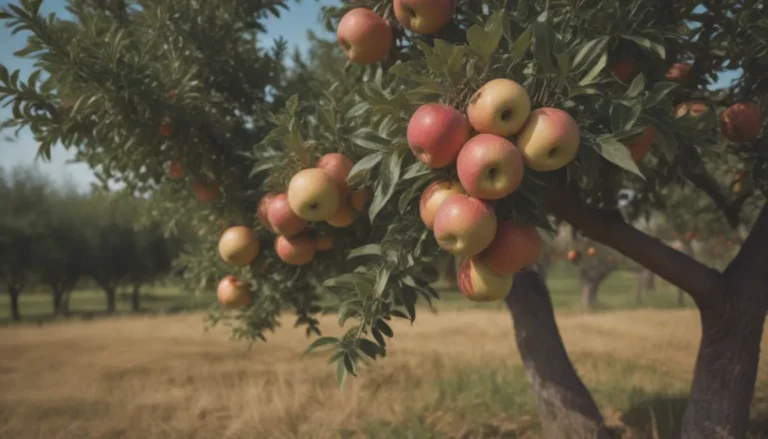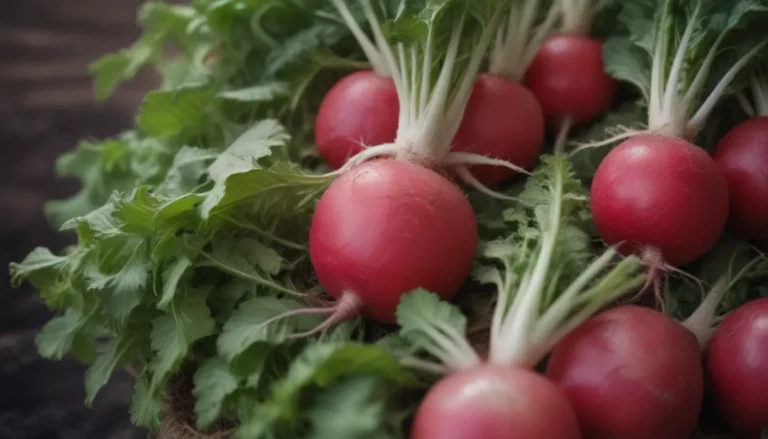Transforming Your Garden: A Guide to Starting Seeds Indoors for Maximum Success
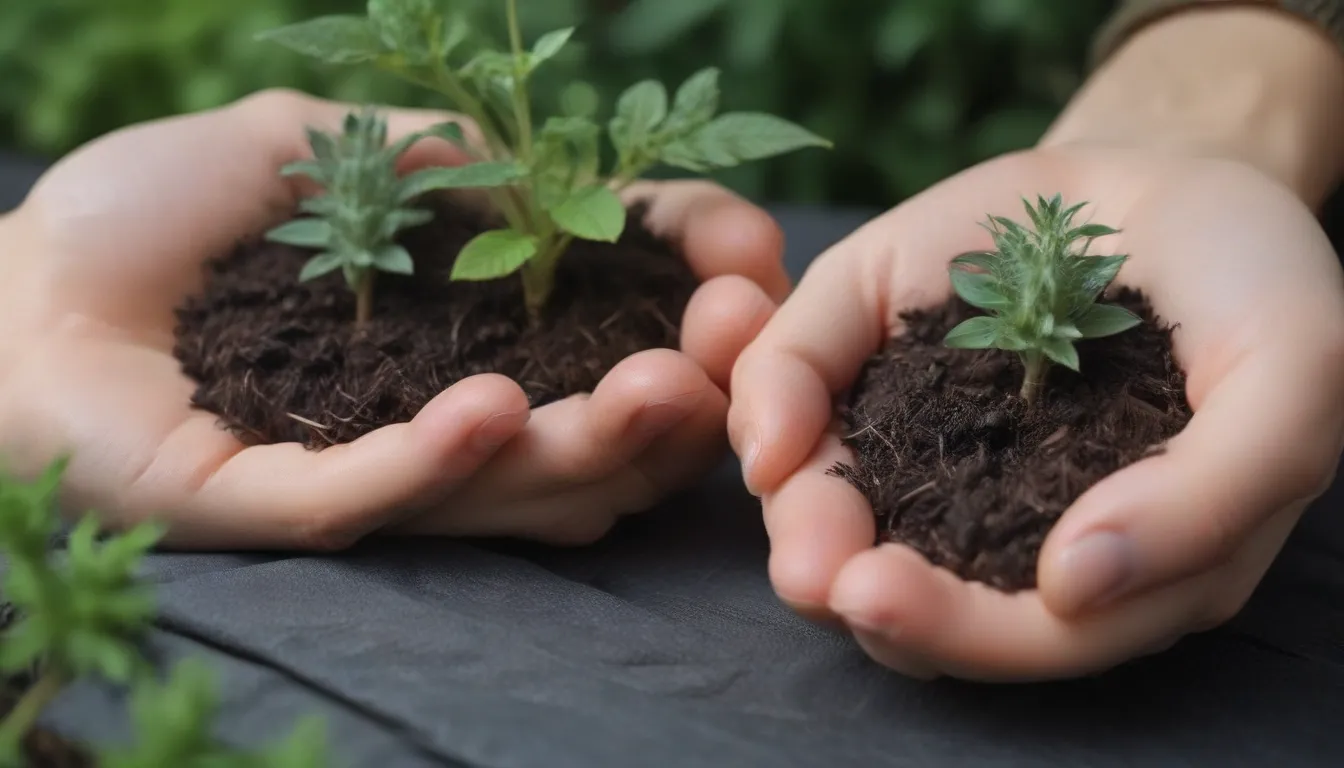
Are you ready to take your gardening skills to the next level? Starting seeds indoors can be a game-changer when it comes to cultivating healthy, robust plants for your garden. Not only does it give you more options for what you can grow, but it also allows you to save money and get a head start on the growing season. But where do you begin? In this comprehensive guide, we’ll walk you through everything you need to know to ensure the greatest success when starting seeds indoors.
Understanding Your Zone and Frost-Free Date
Before you dive into the world of starting seeds indoors, it’s crucial to understand your plant hardiness zone and frost-free date. These two pieces of information will be your guiding lights as you navigate the world of seed starting. The USDA publishes plant hardiness zone maps based on minimum winter temperatures, which can help you determine what will thrive in your area. Additionally, the National Gardening Association provides frost-free dates by zone, giving you a clear idea of when it’s safe to start planting outdoors.
Keep in mind that these dates are averages and may vary depending on your specific microclimate. Factors like topography and large bodies of water can impact the timing of frost in your area. By using these dates as a starting point and making minor adjustments based on your observations, you can ensure that your seedlings have the best chance of success.
Tip: Keeping a garden journal can help you track important information like planting dates, weather conditions, and the success of your seedlings. This valuable resource will guide your future planting decisions and help you fine-tune your seed starting process.
Decoding Seed Packets
Seed packets are a treasure trove of information for gardeners. Not only do they contain the seeds themselves, but they also provide detailed instructions on when and how to plant them. Most seed packets will indicate whether the seeds are best started indoors or sown directly in the ground. They may also include planting depth, spacing requirements, and care instructions.
A general rule of thumb is to count back from your frost-free date to determine when to start seeds indoors. This timing varies depending on the type of plant, so be sure to read the packet carefully. For cool weather crops like cabbages and broccoli, you’ll want to start seeds indoors based on the “planting out” date rather than the frost-free date. These seedlings can withstand frost and will thrive when planted at the right time.
Plants That Thrive Indoors
Not all plants are suited for starting indoors, so it’s essential to choose wisely. Some plants benefit from the extra care and attention that starting seeds indoors provides, while others are best sown directly in the ground. Here are some plants that tend to do well when started indoors:
Fruits and Vegetables
- Vegetables that require a long growing season, like tomatoes and peppers.
- Cool weather crops such as cole crops and leafy greens.
- Fruits like melons and winter squashes that benefit from extra sun and warmth.
Annual and Perennial Flowers
- Annual flowers that bloom earlier and longer when started indoors.
- Perennials with specific growing requirements that are better suited for indoor starting.
Herbs
- Popular kitchen herbs that do well when started indoors.
- Perennial herbs that may be challenging to grow from seed, like French Tarragon.
Direct Sowing Versus Indoor Starting
While some plants thrive when started indoors, others are best sown directly in the garden. Root crops and traditional row crops like peas, beans, and corn are easily grown by sowing seed directly in the garden. Onions can be started from sets, and sweet potatoes can be set out as slips for a head start. Crops like cucumbers and summer squashes germinate quickly and reliably, so there’s no need to start them indoors.
By understanding which plants benefit from indoor starting and which are best sown directly in the garden, you can create a well-rounded garden that thrives throughout the growing season.
In conclusion, starting seeds indoors is a rewarding and beneficial practice for any gardener. By understanding your plant hardiness zone, frost-free date, and the specific needs of your plants, you can ensure the greatest success when starting seeds indoors. Whether you’re growing vegetables, flowers, or herbs, taking the time to start seeds indoors will lead to a bountiful and beautiful garden that you can enjoy all season long. So grab your seeds, roll up your sleeves, and get ready to transform your garden into a thriving oasis of greenery and beauty. Happy planting!
